

If you are keen to have a litter from your bitch and are counting down the weeks until she is old enough to mate and carry a litter, make sure that you don’t cut corners or rush into things! Before you even decide that you definitely want to breed from your dog at all, you should of course also ensure that your dog is a good example of her breed, and that she is physically and mentally fit and healthy enough to handle the conception, gestation and delivery.
Accepted wisdom when it comes to breeding dogs states that bitches should be two years old at a very minimum before mating, and in some cases, even older.
In this article, we will look at why it is so important to wait until your dog is at least two to breed from her, and some considerations to bear in mind. Read on to learn more.
It is important to make sure that any dog that you are considering breeding from is a good example of the breed, both in terms of their conformation and appearance, and their temperament and core traits. It is important to critically assess your bitch’s temperament, personality and responses to things whilst making this decision, as a lot of these traits are apt to be shared with her pups, either through genetic heredity, or because puppies learn from observing the behaviour of their dam.
This means that if your bitch is very shy or nervous, can be unpredictable, or is a little temperamental, they are not a good candidate for breeding, and it is important to find this out before the event, and not after!
Successful breeding means finding the optimum time to mate your bitch in order to enable conception, and this means keeping track of the dog’s heat cycles, in terms of how often they occur, how long they last, and when your dog is the most fertile. You will not be able to examine this data in any meaningful way until your bitch has had at least three heat cycles, which is unlikely to have happened until she is at least two years old.
As a very sweeping generalisation, dogs are usually considered to be adult at the age of one, and this is the age at which most dog food brands advise changing your dog over from puppy food to adult food. However, your bitch will not be significantly different the day after her first birthday, and will still be a very young, immature dog who needs time to grow into her personality, and who will not be well equipped to raise a litter at such a young age.
Certain large and giant breeds of dogs continue to grow physically well past the age of one, with two years or even longer needed until such dogs are fully physically developed, such as is the case with the Newfoundland dog.
It is vitally important to ensure that your bitch is fully grown and not still developing before breeding from them, as breeding places stress on the whole body, and can impede healthy growth and development.
A bitch’s first litter is likely to be smaller in terms of the number of puppies, and also the birthweight of the puppies than her subsequent litters might be, and this is particularly the case when breeding a juvenile or immature bitch. This can have implications on the growth and development of the puppies in the womb, and also, younger dogs will go through more physical stress as part of gestation, delivery and raising the pups too.
It is very important to breed from only healthy dogs, and this means that dogs that suffer from genetic or hereditary health problems should not be used for breeding. There are a wide range of pre-breeding tests and health screening programmes available for dogs, and some of these can be performed at any age, because they are DNA-based, whilst others cannot be undertaken below a certain age.
For instance, hip scoring, which is performed on many breeds of dogs that have an elevated propensity to suffer from hip dysplasia, is a vital pre-breeding tests in order to ascertain the hip health of the parent dogs, and the likelihood of their future offspring suffering from problems of their own.
However, definitive hip scoring cannot be performed on dogs below the age of two, as their bodies and bones are still growing, becoming stronger, and starting to work to their full potential, all of which is necessary for any problems in the making to become apparent.
Added to this, some diseases and conditions that may be passed onto a litter cannot be diagnosed before they become apparent, and many of these conditions will not begin presenting with symptoms until they are at least two.
 Are Dogs Really Smarter Than Cats?
Are Dogs Really Smarter Than Cats?
 Eight Of The Best Cat Breeds For Families With Kids
Eight Of The Best Cat Breeds For Families With Kids
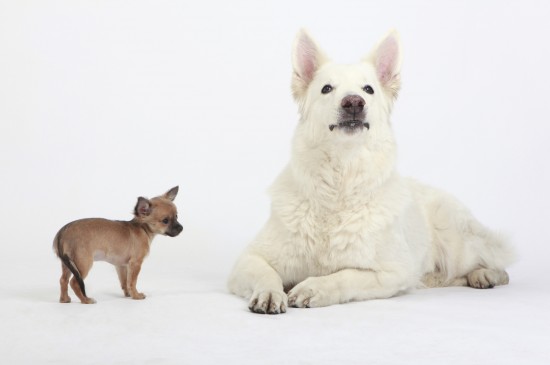 Small Dog Aggression Towards Larger Dogs
Small Dog Aggression Towards Larger Dogs
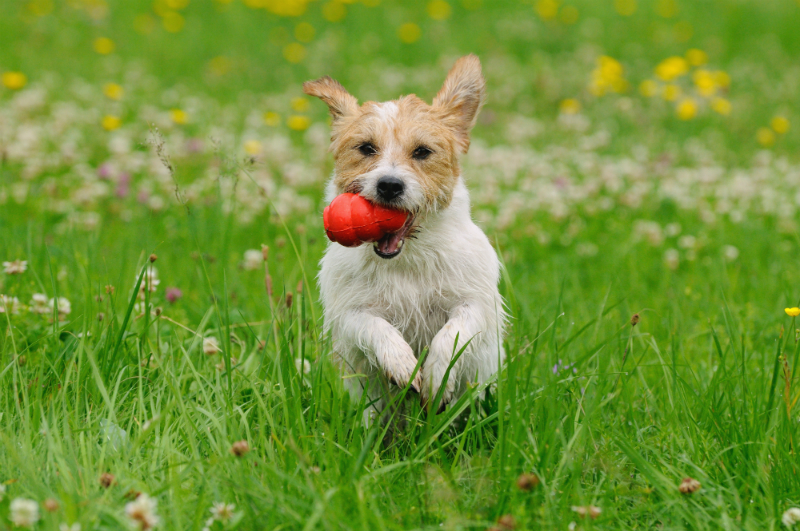 Christmas Presents for Dogs: Santa Paws is coming to Town!
Christmas Presents for Dogs: Santa Paws is coming to Town!
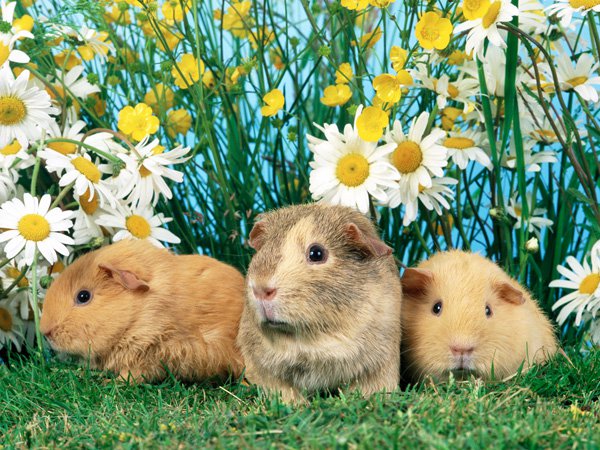 Give Safety to Your Pet with Keeping at Dog Kennels in South Yorkshire
Give Safety to Your Pet with Keeping at Dog Kennels in South Yorkshire
 Excellent Chicken Houses from Chicken Coops and Houses for Your Pet
Excellent Chicken Houses from Chicken Coops and Houses for Your Pet
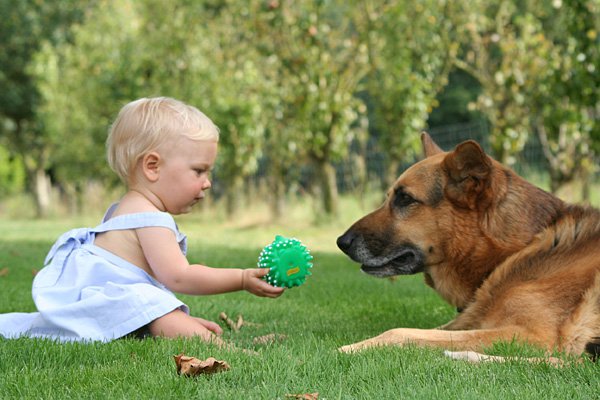 Buy Your Own Chicken Houses – Eat Organic Eggs Everyday
Buy Your Own Chicken Houses – Eat Organic Eggs Everyday
Buy Your Own Chicken Houses – Eat Organic Eggs Everyday
Buy Your Own Chicken Houses – Eat Organic Eggs Everyday
 The Role Of Breed Clubs In The Improvement Of Pedigree Dog Breeds
The Role Of Breed
The Role Of Breed Clubs In The Improvement Of Pedigree Dog Breeds
The Role Of Breed
 Enjoying The Snow With Your Dog
Enjoying The Snow
Enjoying The Snow With Your Dog
Enjoying The Snow
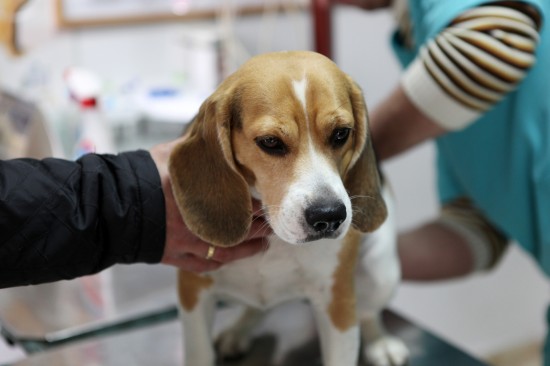 Keeping Your Dog Calm At The Vets
Keeping Your Dog
Keeping Your Dog Calm At The Vets
Keeping Your Dog
 Looking After A Mature Dog
Looking After A M
Looking After A Mature Dog
Looking After A M
Copyright © 2005-2016 Pet Information All Rights Reserved
Contact us: www162date@outlook.com